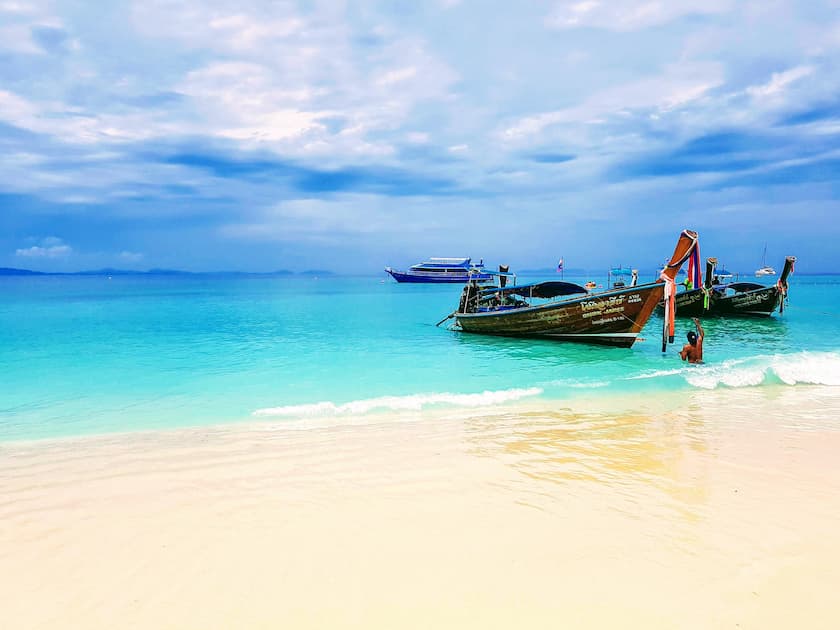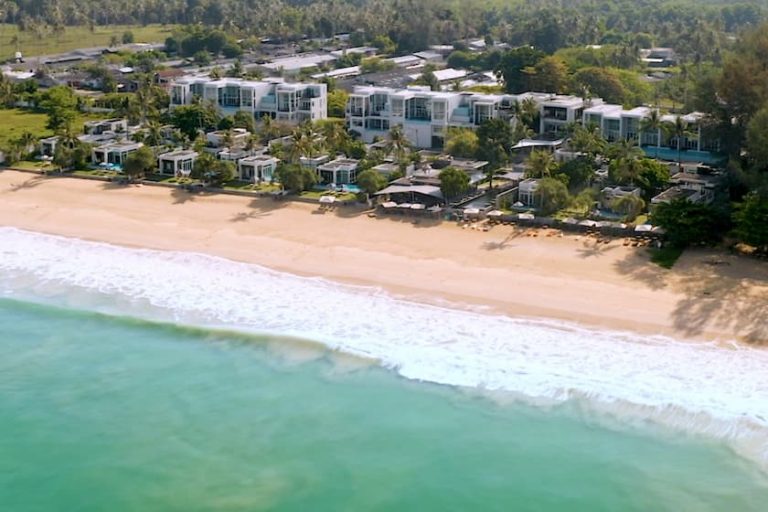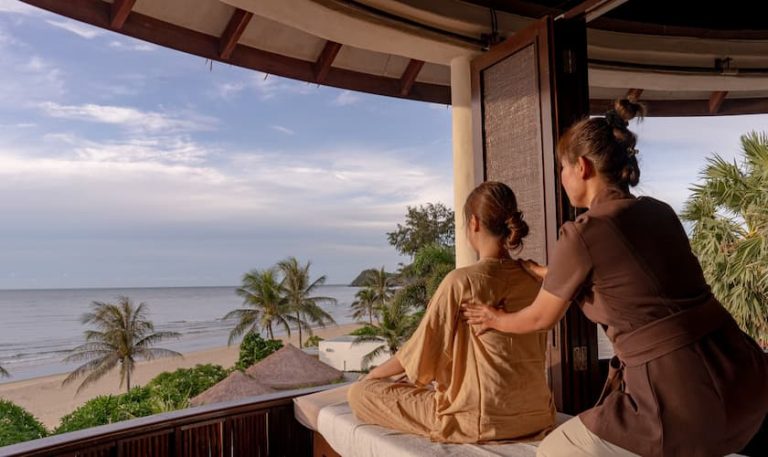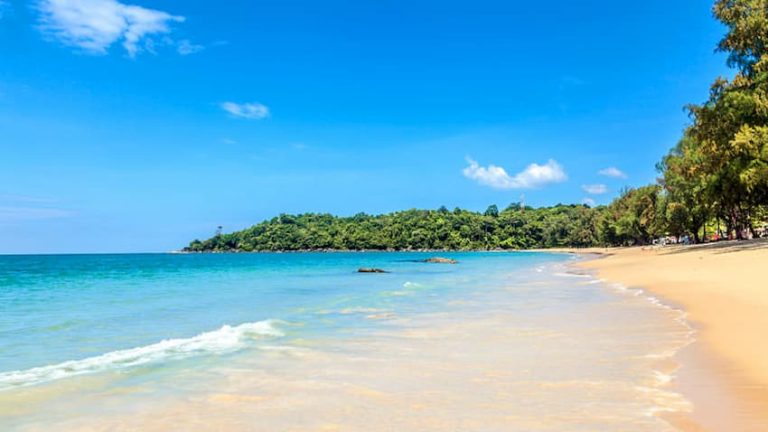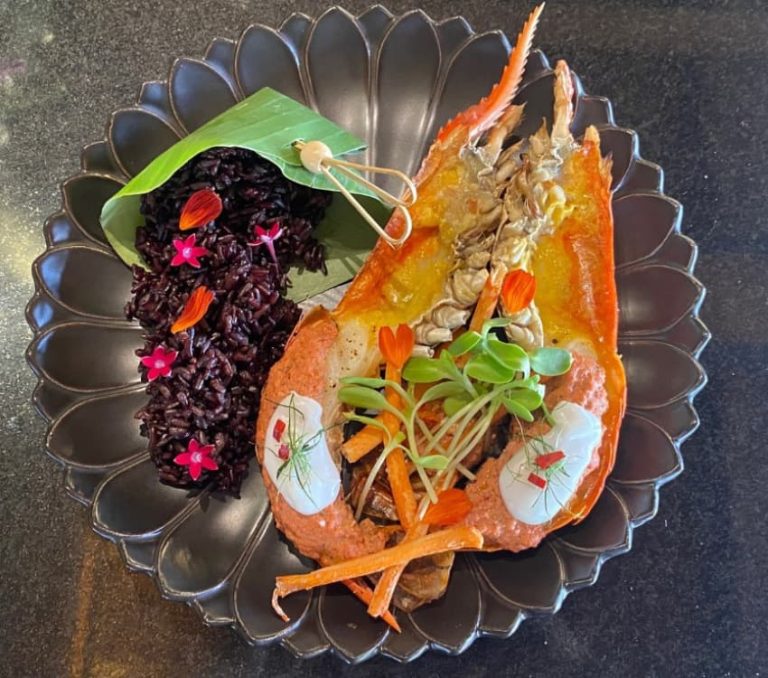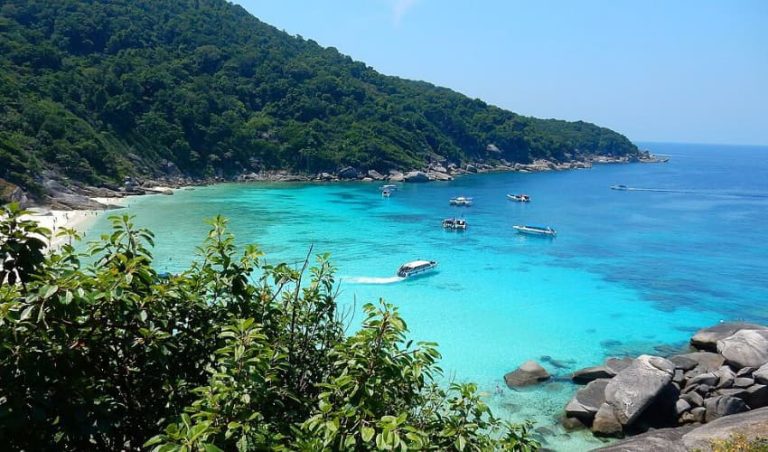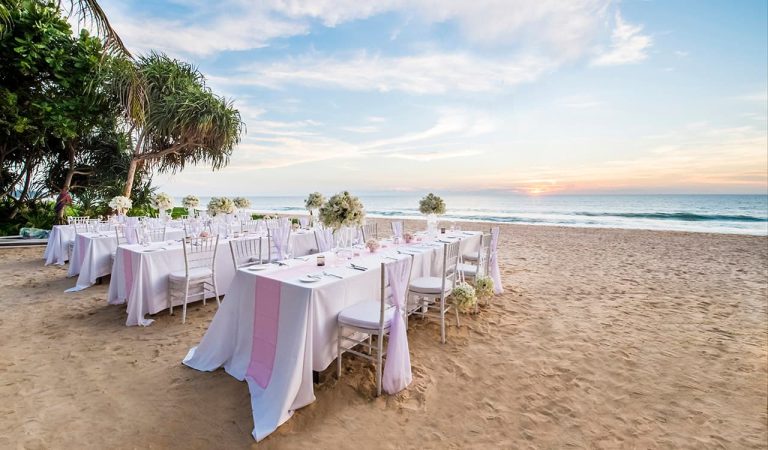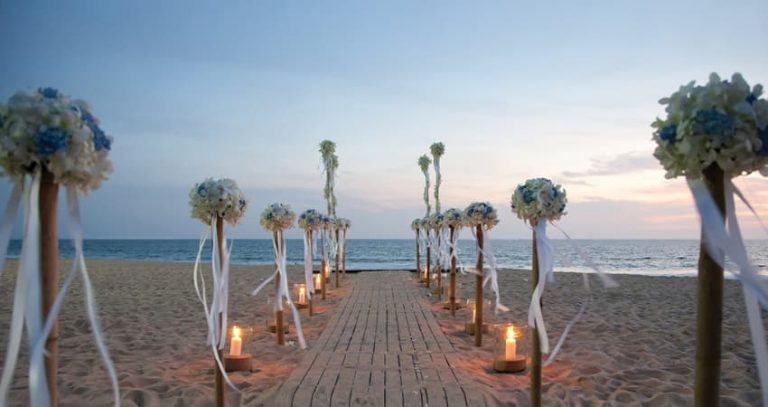Phuket has long been one of Thailand’s popular holiday spots, with a mix of pristine beaches, lush vegetation and a vibrant nightlife. Many travellers come and stay for a while, making the most of Thailand’s largest island, while others may only visit for a few days. These shorter stays mean you have limited time to explore the beauty of Phuket.
So, how can you experience the best of the area while sticking to your time frame? Here are some suggestions about what to see and do in Phuket when you only have 48 hours.
PHUKET IN TWO DAYS
The Beaches
With Aleenta Phuket situated on the beautiful Natai Beach, you may wonder why you should visit any others. Well, why not? Phuket is well-known for its stretches of glistening white sand with gentle waves lapping the shores summoning you into the warm, crystal clear water. There are plenty of beaches to choose from. Patong, Karon and Kata Beach on the West side of the island tend to be the most popular with visitors, with various activities and a range of beachside restaurants and bars.
Also on the west side, Freedom Beach offers sun lovers a degree of exclusivity. Its secluded location keeps it free of vendors, allowing you to soak up the rays uninterrupted. It’s a little less accessible than some of the other popular beaches, but this makes your dip in the tropical waters all that more rewarding.
Phuket Old Town
A wander through the streets and alleys of Phuket Old Town is a fabulous way to spend a few hours and get a glimpse of the vibrant history of the area. The town developed in the early 20th century, built on proceeds from the boom of Phuket’s tin industry. It was home to several tin barons, which accounts for the beautiful Sino-colonial mansions dotted along the streets.
The Old Town is a small part of Phuket’s capital Phuket City, and its rich history is definitely worth exploring. The area abounds with Chinese and Buddhist temples, shrines, authentic shophouses, and museums. If your stay falls over a weekend, don’t miss the bustling night markets, where you can shop up a storm and taste some of the street food that is so popular in Thailand.
Phi Phi Islands
The beautiful Phi Phi Islands have become a must-see for holidaymakers, and are easily accessible by either speedboat or ferry from Phuket. Phi Phi Leh and Phi Phi Don are the largest and most popular of the six islands in the archipelago.
Phi Phi Don is a bustling island, with resorts, hotels and guest houses blending with the local residential pockets. You can fill your day with sunbathing and water activities like water-skiing or snorkelling, or you can explore the hidden gems in Tonsai Village. In the evening there are plenty of bars and restaurants to visit, offering various forms of entertainment like traditional Thai boxing.
Phi Phi Leh, on the other hand, is an uninhabited and protected island where the iconic Maya Bay, the setting for the 2000 movie The Beach, is located. The crystal clear water and towering limestone cliffs with hidden caves around the island are excellent for snorkelling, but best done with a guide. After a four-year closure for environmental reasons, Maya Bay reopened to visitors in early 2022, under stricter regulations.
Phang Nga Bay
Phang Nga Bay lies between Phuket and the Southern Thailand mainland. It’s an area of natural beauty and should definitely on your list of must-see places when visiting the area. One of Phang Nga Bay’s features is its huge limestone karsts, or rocks, and a guided boat trip will take you up close to these remarkable natural formations. The most famous of these vertical karsts is James Bond Island, named for its appearance in the 007 movie, The Man with the Golden Gun.
The bay isn’t just about its limestone pillars. A boat cruise or kayak trip among these small islands dotted around the bay will reveal caves or hongs in their bases. These are caused by years of water erosion as the sea washes up against the limestone. Some of the larger hongs, like those on Hong Island, allow you to access the interior of the island, giving spectacular views of collapsed cave systems and natural plant life.
The dense mangrove forests of Ao Phang Nga National Park surround the bay and are a hotbed of birdlife and other native fauna and flora. These forests act as a protective barrier against adverse weather, and contribute to the flourishing ecosystem in the area. The national park is best-viewed on a leisurely cruise along the rivers and swamps.
Bangla Road, Patong
By far the most vibrant area in Phuket is Bangla Road in Patong. Bars and restaurants line the road and compete with each other for business, and it’s hard to ignore the touts who pull out all the stops to get you into their establishments.
If it’s nightlife that you’re after, you will certainly find it in Bangla Road. The area comes alive at night when it turns into a pedestrian-only street, attracting both locals and tourists. It’s a blend of beer bars, go-go bars, pubs, nightclubs and restaurants, with the obligatory street vendors and local entertainment adding their talents to the mix. You may even attract the attention of a flirtatious ladyboy who will turn on the charm in the hopes of luring you to her show.
The Big Buddha
The Big Buddha is one of the most notable landmarks in Phuket. It’s located on top of the Nakkerd Hills, towards the south of the island, and in good weather conditions can be viewed from as far away at Phuket Town.
The image is known locally as Phra Puttamingmongkol Akenakkiri Buddha, and the concrete structure is covered in Burmese white jade marble that gives it a glistening effect in the sunshine. The hilltop site provides stunning circular views around the island, stretching as far as Phuket Town and Chalong Bay. You can reach The Big Buddha by road, or if you’re feeling energetic, you can hike the route which takes just over an hour.
Wat Chalong
Phuket has its fair share of temples, but if you’re going to pick just one, we recommend a visit to Wat Chalong in Chalong Bay. It’s located in the southern part of Phuket and is the largest of the temples on the island. The Wat is a popular prayer site for both tourists and locals, who pay respects to the founding monks of Wat Chalong.
The site also houses the Wat Chalong Chedi, a 60m tall structure built over three floors with sweeping views of the temple site. The walls are beautifully decorated with murals that tell the story of the Buddha’s life. At the very top of the chedi you can see a splinter of bone from the Buddha enclosed in a glass display case.
Phuket is a multi-faceted island, with an infinite array of things to do and places to see. Your interests will determine which activities and landmarks fill your itinerary, but even if you simply explore the beach vibes of the island, you’ll leave Phuket satisfied that it was 48 hours well-spent.
Related Articles
- Best Seasons to Visit Thailand
- Phang Nga Natural Attraction
- Things to See and Do in Phang Nga
- When is the Best Time to Visit Phang Nga
- Phuket International Airport Guide
Aleenta Phuket
Phang Nga Resort & Spa
Phang Nga Resort & Spa
33 Moo 5, Khok Kloi,
Takua Thung, Phang Nga
82140 Thailand
T: +66 (0) 76 580 333

